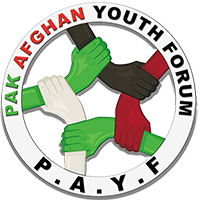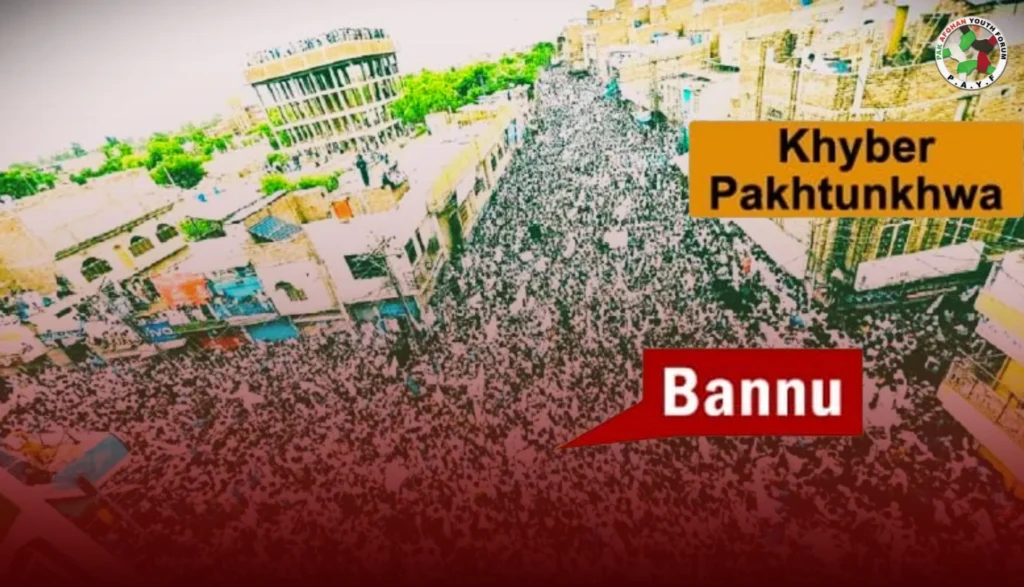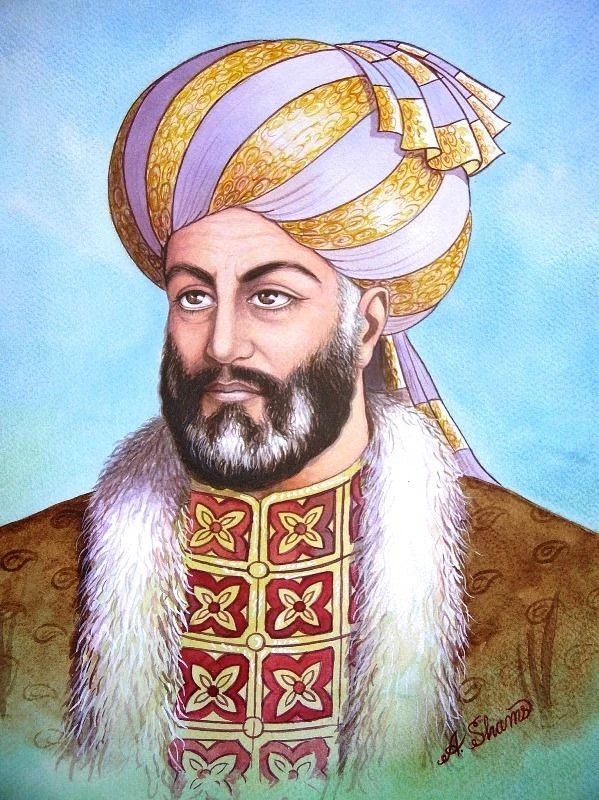Bannu. A peace march. A descent into chaos. Who benefits when doves fall silent? Let’s break the cycle. We must understand the darkness before the light returns.
What had begun as a collective exhale of grief after July 15 brutal terrorist attack in Bannu had morphed into a heart-wrenching display of chaos on July 19, 2024.
The question that gnawed at every conscience: how did a plea for peace turn into a battlefield? Who is to blame? What truly transpired?
The answer, it seemed, was not a singular villain in a morality play. Neither was this a simple story of good versus evil. Grievances, political maneuvering, and the opportunistic exploitation of vulnerabilities weave a complex web.
From Peace Slogans to Panic
Organizers planned the Bannu march after a devastating attack on the cantonment.
The Jaish Fursan Muhammad group, a splinter faction of Tehrik-e-Taliban Pakistan (TTP), claimed responsibility of the Bannu cantonment terrorist attack. This terror act fueled public outrage. A peace march was organized, aiming for unity & healing. However, the tide was turned tragically.
Reports hint that some among the protestors, found to be linked to Pashtun Tahafuz Movement (PTM), attempted to enter the cantonment. This triggered a tense standoff, leading to security forces opening fire.
Social media erupted at once, with many claiming that the PTM deliberately provoked the clash. Popular sentiment placed the blame squarely on PTM, citing their history of inciting the ethno-national sentiment followed by the TTP activity. Troubling questions about PTM’s motives were raised when posts linked to PTM’s Peshawar chapter allegedly encouraged bringing firearms to the peace march.
A Deeper Look: Grievances & Exploitation
In the aftermath of decades of conflict, the populations of Khyper Paktunkhaw (KP) and Balochistan have long felt marginalized and unheard. Pashtuns, who make up the largest ethnic group in these areas and constitute about 18.24% of Pakistan’s total population, have been profoundly affected by the prolonged war in Afghanistan.
However, mitigation efforts, while well-intentioned, are like bandages on a gaping wound. Patching the damage of decades is gradual and requires more than quick fixes. It’s a slow, painstaking process that demands sustained commitment & a genuine understanding of the pain endured.
The TTP exploits these feelings of marginalization to advance its violent agenda. While the PTM aims to seek justice for the Pashtun people, their methods are controversial, with critics questioning whether their tactics—sometimes seen as exploiting ethnic grievances—that eventually end up supporting the TTP objectives.
Also See: Peace in Afghanistan: A Shared Destiny of Pak-Afghan Relations
Breaking the Cycle
The Bannu tragedy demands a nuanced approach. We must address the root causes of the grievances of communities on both sides of the border that have long stayed in war, while simultaneously combating extremism and disinformation.
Of all the things, we need to listen. We need open dialogue, a space for honest and difficult conversations – not just about marginalization and grievances, but also about the methods to address them.
Beyond Bannu
The Bannu incident highlights a broader issue. Ethno-nationalist rhetoric, used by groups like TTP, is a dangerous tool. It preys on cultural identities and movements to divide and destabilize. True peace requires recognizing our shared humanity, working together to create a more just and equitable society for all.
We, the youth of this region, have a critical role to play. Let’s reject the divisive rhetoric of ethno-nationalism. Let’s champion peace, understanding, & a future where dialogue replaces violence.
Let us build bridges, not walls.
The path to lasting peace won’t be easy. But by working together, with empathy & a commitment to truth, we can break the cycle of violence and build a brighter future for all. This is not just a dream; it’s a necessity.
Let’s turn our backs on the darkness and walk towards the light, together. We owe this to ourselves, and to the countless innocents who have lost their lives to violence.



